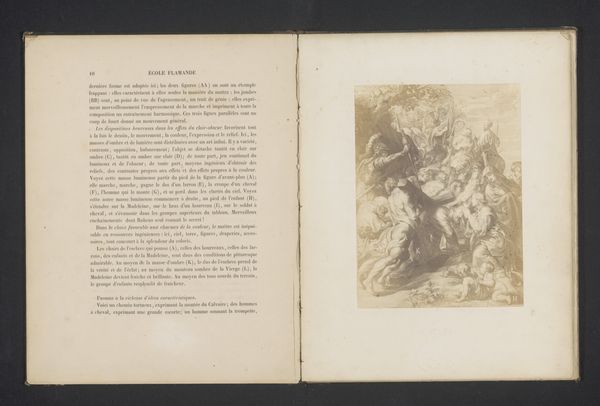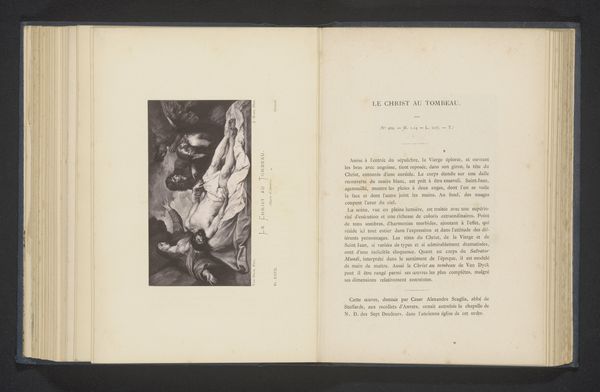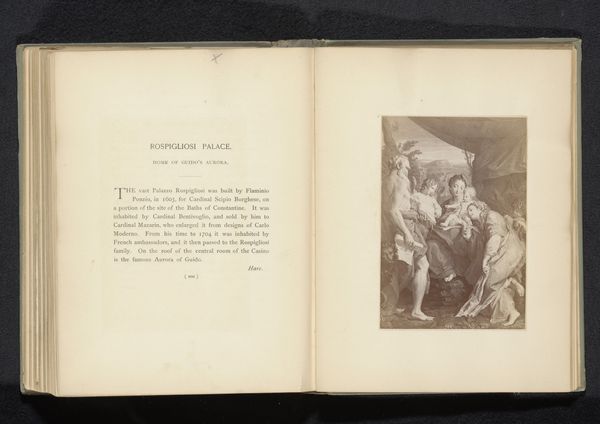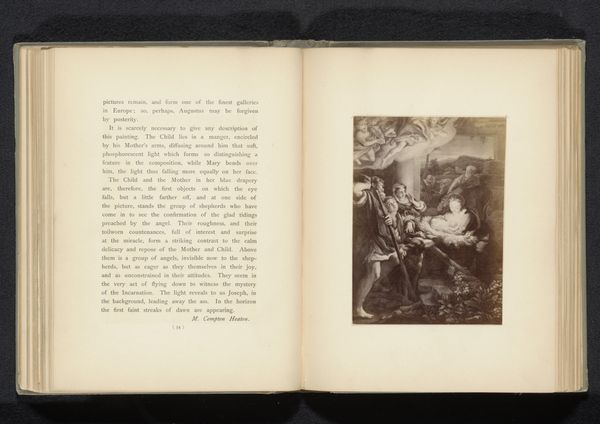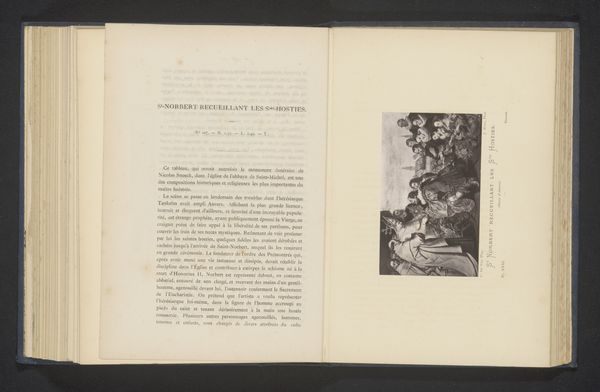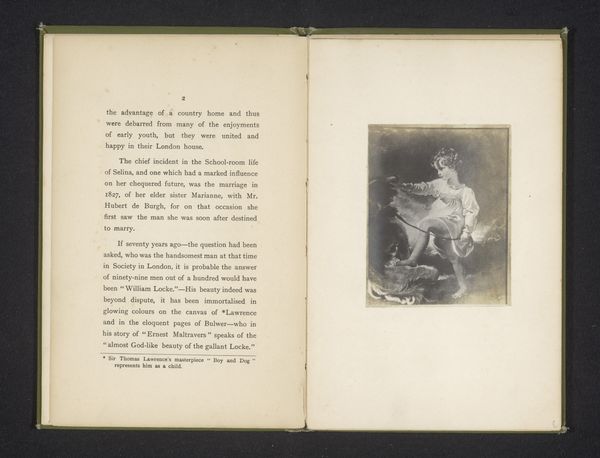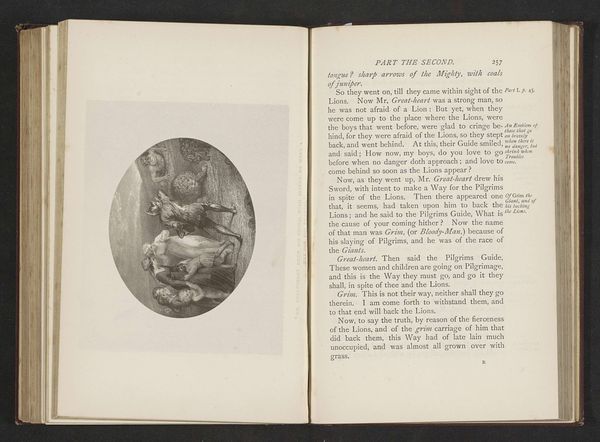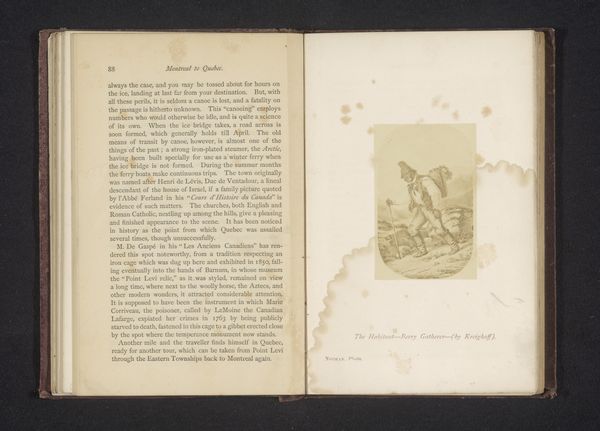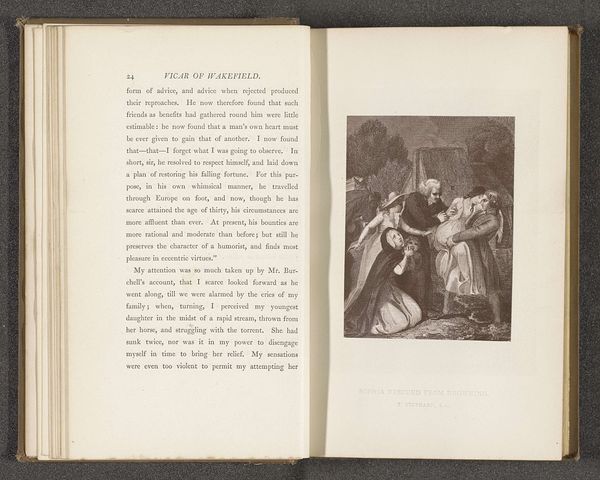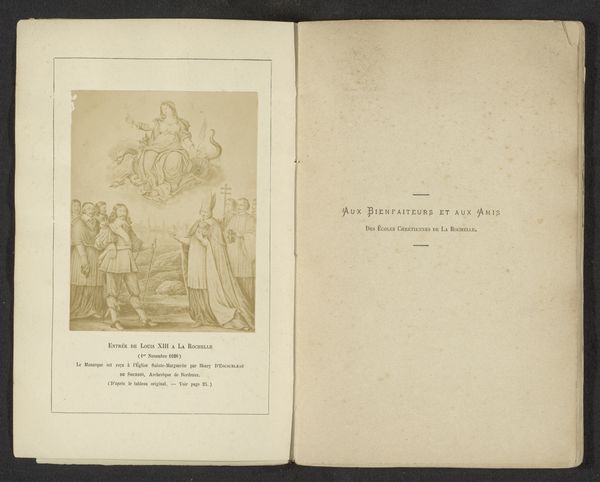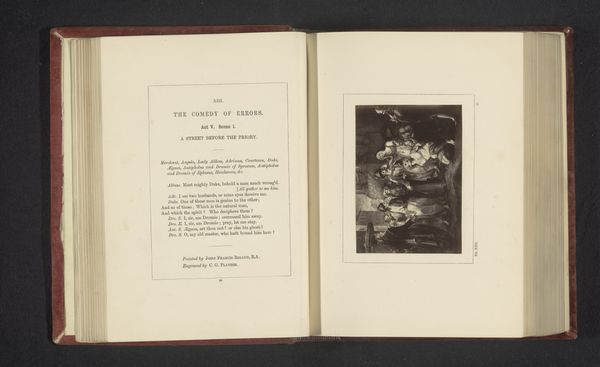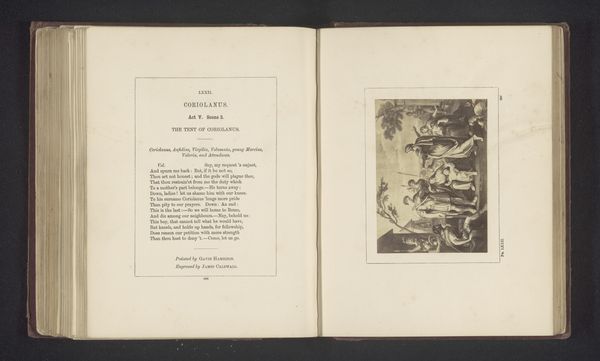
print, photography, albumen-print
# print
#
landscape
#
figuration
#
11_renaissance
#
photography
#
history-painting
#
italian-renaissance
#
albumen-print
Dimensions: height 121 mm, width 93 mm
Copyright: Rijks Museum: Open Domain
Curator: Here we have a photomechanical print, specifically an albumen print, created before 1866 by Ch. Müler & Co., representing Raphael’s "Saint George". What’s your initial take on it? Editor: The immediate impact is its small scale, almost jewel-like quality, and how dramatically the heroic narrative has been distilled into tones of sepia and cream. The details in the horse's muscular form and St. George's armor give it surprising immediacy. Curator: It's fascinating how photography democratized access to Old Master paintings like this. The albumen process would have involved coating paper with egg white, creating a smooth surface ideal for capturing fine detail. Editor: Exactly. By using photography, it moves the image away from the unique artistry of painting, putting emphasis on the distribution, commercialism and documentation of a masterpiece. What choices were made regarding the reproduction for circulation to a wider public? Curator: The circulation of these prints influenced how people understood the Renaissance, bringing its iconography into everyday life. Think of how many people would’ve known Raphael only through such reproductions. Consider also how this photograph itself becomes a unique object through this reproductive labor. Editor: It prompts consideration of the social hierarchies implied in image production. Here you have an old master's composition, photographed, printed, circulated – all reliant on different forms of skilled and unskilled labor. Curator: Indeed, the print format turns "Saint George" into a reproducible commodity. What was once a unique panel painting for a select audience could be easily disseminated and consumed. This impacts the work's aura and original intended message. Editor: Absolutely. The history becomes layered. This isn't just about Raphael’s original intent; it's about the social function this image served in the mid-19th century through the medium of photography. I now see an image representing history within history. Curator: It really makes you wonder about how this photograph might have been used and understood within its contemporary context. What did the print owner think? Editor: Indeed, we come face to face with the long tail effect in photographic distribution of art and artifacts.
Comments
No comments
Be the first to comment and join the conversation on the ultimate creative platform.
